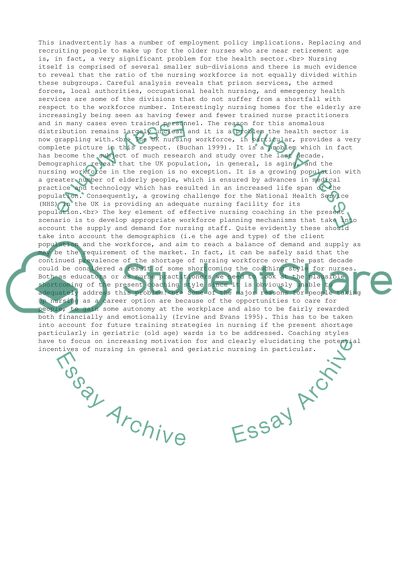Cite this document
(Evidence Based Nursing Coaching Style Management Essay, n.d.)
Evidence Based Nursing Coaching Style Management Essay. Retrieved from https://studentshare.org/management/1529608-evidence-based-nursing-coaching-style-management
Evidence Based Nursing Coaching Style Management Essay. Retrieved from https://studentshare.org/management/1529608-evidence-based-nursing-coaching-style-management
(Evidence Based Nursing Coaching Style Management Essay)
Evidence Based Nursing Coaching Style Management Essay. https://studentshare.org/management/1529608-evidence-based-nursing-coaching-style-management.
Evidence Based Nursing Coaching Style Management Essay. https://studentshare.org/management/1529608-evidence-based-nursing-coaching-style-management.
“Evidence Based Nursing Coaching Style Management Essay”, n.d. https://studentshare.org/management/1529608-evidence-based-nursing-coaching-style-management.


